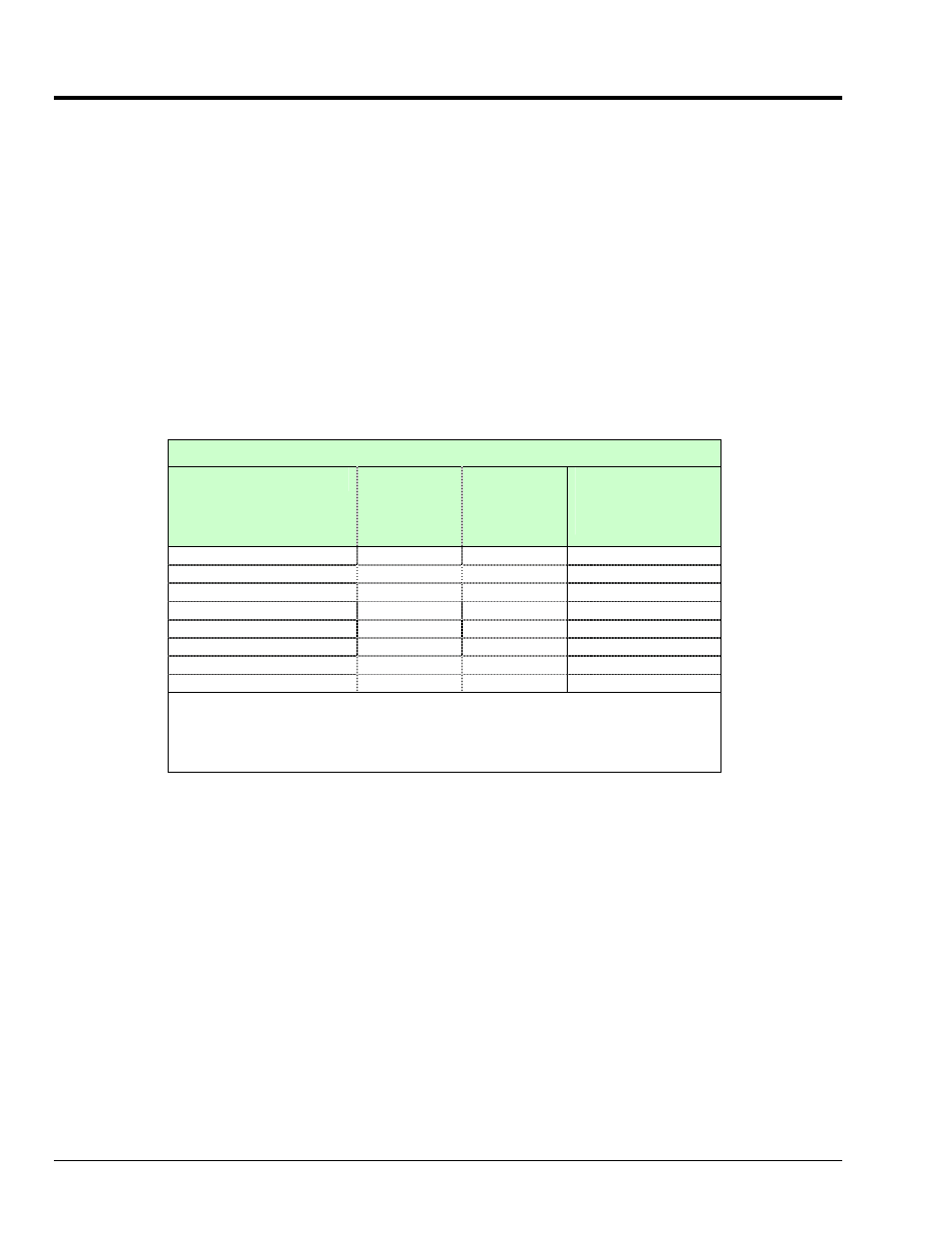Signal acquisition, Measurement duration, sample rate, and resolution, Under sampling and aliasing – Measurement Computing Personal Daq rev.6.0 User Manual
Page 100

5-4 Signal Management
878695
Personal Daq User’s Manual
Signal Acquisition
Measurement Duration, Sample Rate, and Resolution
Measurement Duration (per channel)
⎯ the amount of time used for sampling a channel’s input signal.
For Personal Daq, the measurement durations range from very slow (610 milliseconds/sample) to very fast
(12.5 milliseconds/sample).
Sample rate – Samples per second. The sample rate is the number of samples that take place per second.
With a slow measurement duration of 610 milliseconds, there will only be 1.6 samples per second. With a
very fast measurement duration of 12.5 milliseconds, there will be 80 samples per second.
Resolution (Bits RMS) – The number of reliable data bits that exist for a signal’s measurement. The
greater the resolution, the more detailed the reading, for example, with increased resolution a reading of
5.12 V could become 5.11896 V. Personal Daq actually provides for 24 bits of data information; however,
the accuracy of the least significant bits becomes less as the measurement duration speeds up. At a
measurement duration of 610 milliseconds, the last two bits are considered unreliable, resulting in a
resolution of 22 bits. At a very fast measurement duration (12.5 milliseconds), the nine most least
significant bits are unreliable, resulting in 15 bit accuracy.
Speed vs. Resolution
1
Speed Designation
Measurement
Duration
(per channel)
Maximum
Sample Rate
2
(Samples/sec)
Resolution
2
(Bits RMS)
(-4 V to +4 V range)
Very Slow, 50 / 60 Hz rejection
610 ms
1.6 / sec
22
Slow, 50 Hz rejection
370 ms
2.7 / sec
22
Slow, 60 Hz rejection
310 ms
3.2 / sec
22
Medium, 50 Hz rejection
130 ms
7.7
/ sec
21
Medium, 60 Hz rejection
110 ms
9.2 / sec
21
Medium
40 ms
25 / sec
19
Fast
20 ms
48 / sec
17
Very Fast
12.5ms
80 / sec
15
Notes:
1. Each channel can have independent measurement duration and resolution.
2.
The sample rates shown were obtained with a 10-channel scan and with
continuous self-calibration disabled.
3.
Duration does not include the use of CJC measurements.
When you select the measurement duration you also determine the sample rate and resolution for the
applicable channel. For Personal Daq’s analog input applications, sample rates range from 1.6 samples/sec
up to 80 samples/sec and corresponding resolution ranges from 22 to 15 bits.
Under Sampling and Aliasing
When you select the measurement duration you also determine the sample rate and resolution for the
applicable channel. As shown in the previous table, sample rates range from 1.6 samples/sec up to
80 samples/sec and corresponding resolution ranges from 22 to 15 bit (for Personal Daq’s analog input
applications).
When measuring highly variable input signals (as opposed to relatively steady input signals), the variable
signals will require more samples/sec to obtain a realistic signal representation. When too few samples are
taken, the term under sampling is often used. Under sampling tends to lower the signal’s graphed
amplitude. This is also known as aliasing. In such cases, the inadequate number of samples results in a
“flattening” of the signal. Gross under sampling can even result in a relatively flat line, even though the
actual signal is a waveform.
For best results the sample rate (scan rate) should be at least 10 times the measurement frequency. If
possible it is recommended that you set the scan rate to 20 times the frequency of the input signal.
